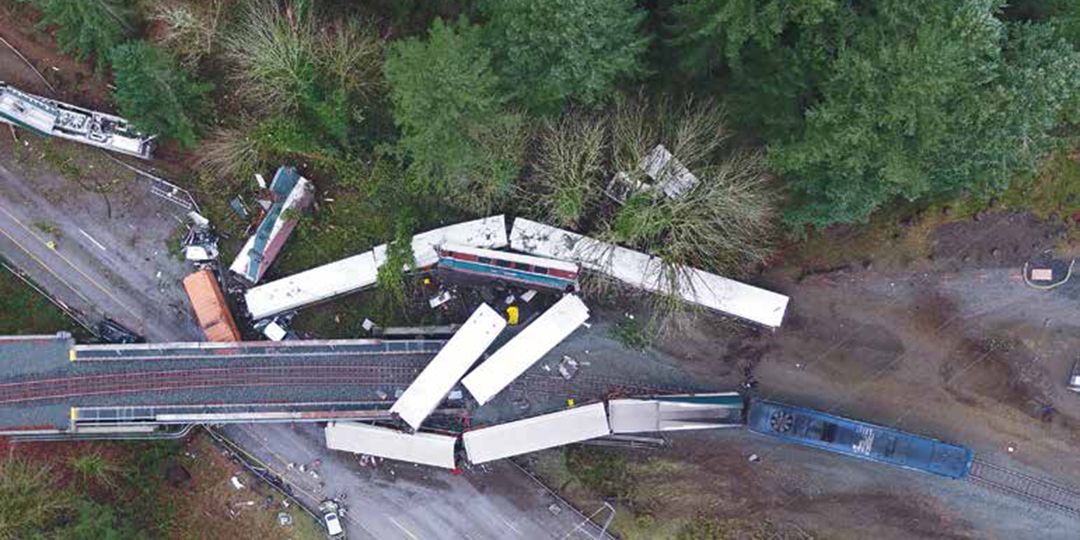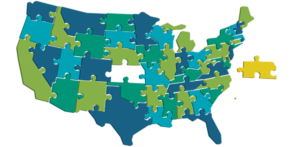Aerial Views
Washington State Patrol uses drones for reconstructing crash scenes
Since the Washington State Patrol (WSP) fully deployed its unmanned aerial vehicle (UAV) program in 2019, the amount of time its detectives and troopers spend at the scene of a fatal or felony collision has decreased dramatically. Thanks to the ability of UAVs to fly over a scene and capture photographs quickly, there has been an 80% reduction in road closure times related to scene measurement and investigation in the state.
“That time savings is huge,” says Detective Eric Gunderson, Tech Liaison with the WSP. Especially in more remote parts of the state where it can sometimes take a trooper an hour or more to get to the scene, being able to cut down on the amount of time spent photographing and measuring on-site has made a significant difference.
Efficiency isn’t the only benefit of the UAV program, however. Another advantage to using drones is that detectives are able to see new elements and angles of the scene they didn’t have access to before. “With our old equipment, we were setting a 3D scanner on top of a tripod and were limited to what we could capture on foot,” says Lieutenant Ryan Durbin of the WSP’s Criminal Investigation Division. UAVs allow for a complete aerial view with millions of measurement points that ultimately provide the WSP with a 3D model of the scene.
With 111 UAV pilots and units across the jurisdiction, Detective Gunderson says the WSP’s UAV program is one of the largest in the United States. But it didn’t happen overnight—it took multiple years of learning about the technology, developing and refining the program and training pilots before things really took off.
“As a government entity, we could have chosen to self-certify [our program], but we decided not to go that route,” Detective Gunderson says. “We made sure we did what everyone else has to do, which is testing through the Federal Aviation Administration (FAA Part 107) to get a remote pilot’s license.”
For other law enforcement agencies looking to emulate the success of the WSP’s program, which won AAMVA’s 2020 International Innovative Use of Technology Award, Detective Gunderson says understanding the goals and mission of any UAV program is a critical first step. “There’s no one-size-fits-all approach,” he says. “The equipment and software that works well for a collision reconstruction program is going to be different than what’s ideal for a search-and-rescue mission, for example.”
The WSP has helped provide recommendations, training and advice to countless agencies as they seek to start their own UAV program within their jurisdiction. “It is always nice to be recognized [by AAMVA] for hard work and pioneering new techniques, and seeing other agencies develop this capability has been exciting and rewarding,” Lt. Durbin adds. “It helps the profession by keeping investigations safe and improving their quality.”
Hear more about Washington’s AAMVA Award-winning drone program on Episode 36 of AAMVAcast.




